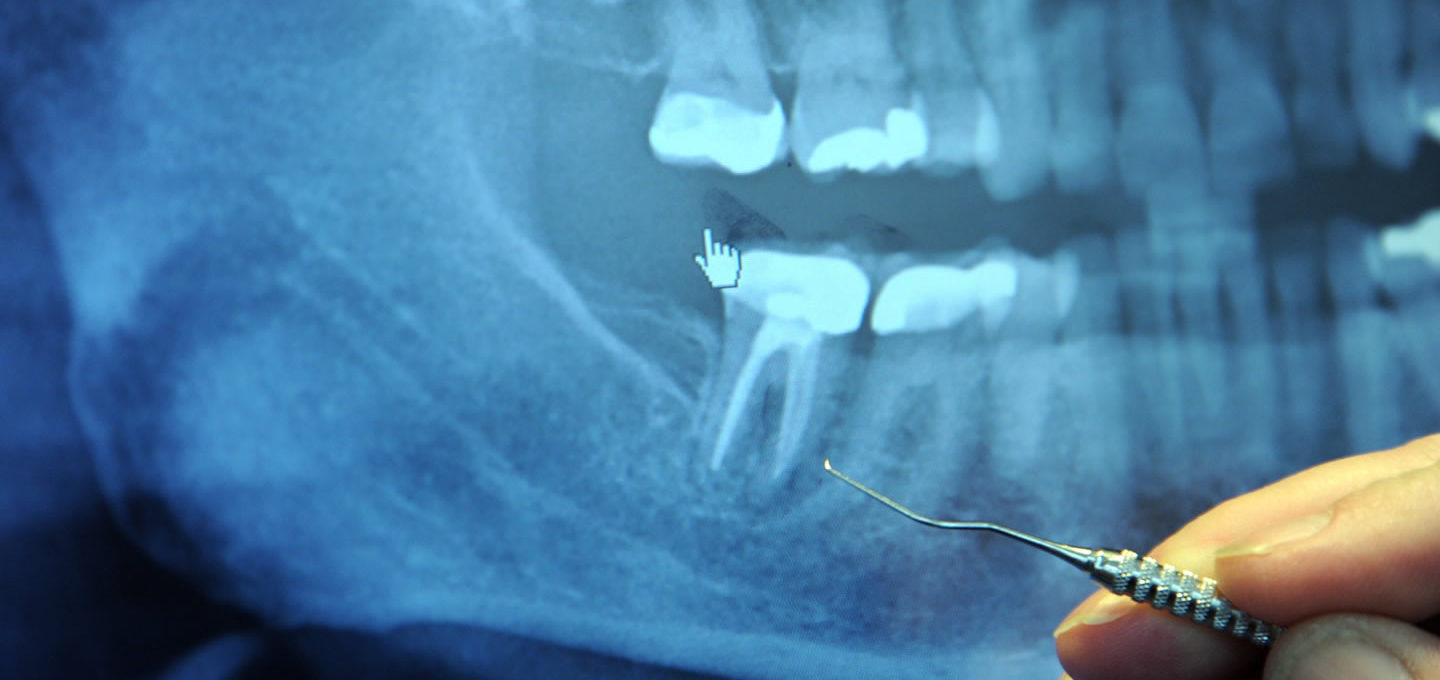Technology is changing every industry on earth, from agricultural to automotive, and so it should be little surprise that dentistry too is facing major disruption.
From artificial intelligence chatbots helping people book appointments to advanced cameras and robot arms, the technology on offer to those looking to keep their teeth healthy is changing at a rapid pace. To manage the rapid pace of change, dentist Karl Jobst, of Grove, OK stresses “the importance of keeping an open mind and listening closely” to make sure you always have the right tools for the job, and here we take a look at three exciting new technologies in the industry:
1. Lasers
Always a favourite for futurologists, lasers have been used in dentistry since 1994 for a variety of purposes. An increasing number of dentists are using lasers and precision cutting tools to remove tooth decay or reshape gums and remove bacteria during root canal procedures.
Lasers are also commonly used to “activate” chemical compounds used to bond fillings to teeth or whiten discoloured teeth, speeding up the chemical reaction and reducing the amount of time people need to stay in the surgery.
2. Intra-oral cameras
Modern, high resolution cameras offer dentists and dental hygienists and much better view of a patient’s teeth and gums that is possible with the naked eye, allowing them to offer improved diagnoses and spot issues before they turn into major problems.
Intra-oral cameras are increasingly wireless and have LED lights surrounding an advanced liquid lens that allow the operator to adjust the focal length and better examine the patient’s mouth, and can reveal even the smallest details such as cracks, caries, and other anomalies.
3. 3D Printing
Advances imaging and 3D printing technology over the last decade has made it economically viable for dentists to be able to produce customised, unique dental implants that are designed specifically for the patient to provide a comfortable and precise fit.
Advances in antimicrobial plastics mean that today, dentists are able to create new teeth that not only look perfect, but actively fight against bacterial in the oral cavity, which can save patients huge bills down the road.
Not all dentists have yet embraced all these technologies, but they are increasingly common in leading practices around the world, and as Karl Jobst notes, “a keen understanding of new clinical advancements” is key to such businesses in the future.
Photograph by Wonderlane

